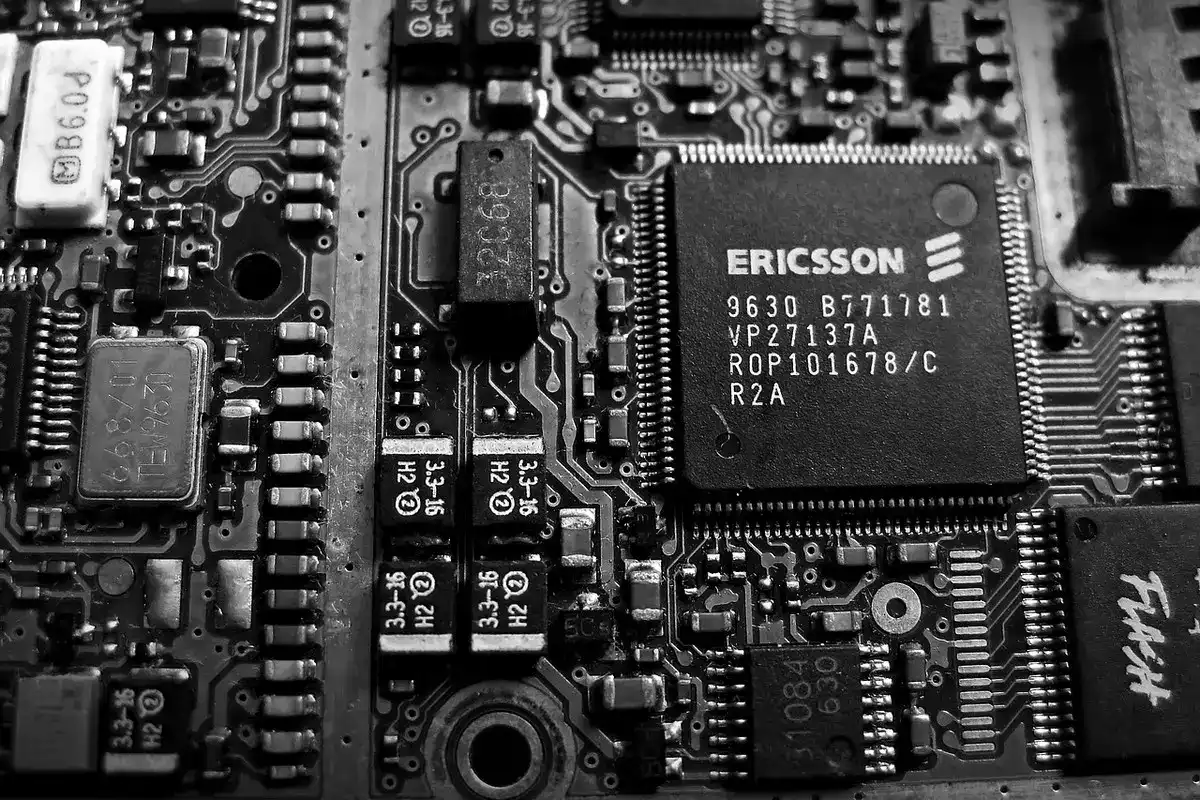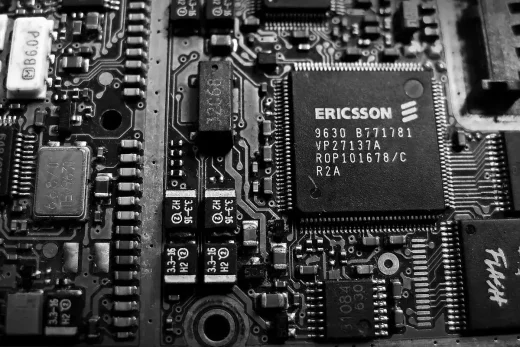Revitalizing old buildings, Electrical considerations, Building installed electricity, Home electrics
Revitalizing Old Buildings: Electrical Considerations
31 January 2024
Old buildings hold tremendous historical and architectural significance. They are landmarks of the past, embedded with rich narratives and unique aesthetics. Nevertheless, maintaining or revitalizing these structures involves significant thoughtfulness on many levels, including electricity. This comprehensive guide explores the electrical considerations when conservationists bring ancient structures back to life while maintaining their unique character and charm.
The Resurrection Approach
Revitalizing an old building is an intricate project that demands careful and accurate planning. It’s not only about upgrades or replacements; the whole process is a delicate dance between preserving the original integrity of the building and conforming to modern safety standards.
Much consideration goes into this resurrection approach, especially with electrical systems. The initial structure might not have been designed with modern-day electricity needs in mind, meaning an overhaul may be essential. But it’s important that such interventions do not disrupt the original fabric of the building’s core.
Significance of Electricity
Electricity plays an integral role in any building’s functionality, but it becomes all the more significant in old establishments. It’s not just about installing outlets and switches; everything from lighting fixtures to air conditioning systems demands wattage. In rejuvenating these structures, acknowledging and planning for increased electrical requirements is crucial.
Without addressing electrical needs appropriately, you could overload circuits or create hazardous conditions within the building. Hence, looking into an electricity overhaul should be considered as one of your primary priorities during such renovations.
Visiting The Local Electrician
A reputable electrician can be a lifesaver in ensuring that historical revitalizations meet safety standards without compromising on their original appeal. A local electrician would also understand the specific codes and requirements adeptly.
Furthermore, they could flag potential electrical challenges beforehand and guide you on how to navigate them efficiently. Always consult a competent local electrician before undertaking renovation works. When you visit The Local Electrician you gain from their technical expertise and know-how. This will prove invaluable during your revitalization process.
Maintaining Architectural Integrity
Old buildings have their own distinct charm, and it’s important this isn’t lost in the modernisation process. Electrical work should never mar or disrupt the building’s original aesthetic.
A successful revival should seamlessly integrate new electrical layouts within the existing architectural character. Wiring should be concealed where possible, and fixtures and fittings should complement the building’s overall style, thus preserving its spirit while catering for modern needs.
Rewiring Your Building
With additional electricity demand comes the need for robust systems able to handle increased load without posing risks of electrical fires or power cuts. Rewiring becomes indispensable in such a scenario.
You need professionals who can perform a complete rewire without jeopardizing the integrity of the structure. They should be able to carry out this task subtly, leaving no traces that might compromise the aesthetic aspects of your building.
Maximizing Energy Efficiency
In an era where sustainability is crucial, maximum energy efficiency is principal in any renovation – old edifices are no different. While these buildings can’t meet all modern standards, you can still incorporate some green measures to enhance energy efficiency.
Proper insulation helps reduce heat loss, and dual-paned windows could help optimize energy use. Also, installing efficient HVAC systems along with LED lighting are effective ways to reduce overall electricity consumption while also saving costs.
Safeguarding Against Hazards
Any building, regardless of its age, must adhere to adequate safety codes – revitalizing does not mean overlooking safety aspects. It’s important to identify old, worn-out elements that pose a risk, replacing or repairing them as necessary.
Equip your building with modern safety devices such as smoke alarms, fire extinguishers and emergency exit signs as part of the electrical overhaul. Socket outlets and wiring must all comply with current safety regulations to minimize risk of harm or damage.
Navigating Permit Policies
Revitalizing old structures often involves intricate legal requirements including obtaining necessary permits. It’s crucial to understand the local regulations around electrical works in historical buildings, and to ensure you’re prepared well in advance.
Your local building department can provide you with detailed information about permit processes, planning permissions and safety rules pertinent to your revitalization project. Keep in mind that these procedures not only safeguard the cultural heritage of your building but also ensure its sustainable utility.
The Purpose of Inspection
After any renovation, especially one involving significant electrical work, a thorough inspection is recommended before regular use of the property begins. This safety measure confirms all systems operate correctly and safely.
A comprehensive inspection spanning all systems – wiring, switches, sockets and circuit breakers amongst others – will corroborate their alignment with legal safety standards. Professionals conduct these inspections diligently, following a rigorous process to ensure everything is running as efficiently as possible.
Importance of Modernisation
Regardless of the nostalgia and charm old edifices hold, modern technology and living conveniences offer undeniable comfort and ease. Updating an older building electrically brings several benefits including improving safety, functionality, energy efficiency whilst adding value to your property.
Carefully executed electrical modernization can significantly enhance your experience without detracting from the original aesthetics of the structure. Always remember – modernization does not mean foregoing the historical appeal; it should ideally merge contemporary needs seamlessly with nostalgia.
Adequate Voltage Supply
As lifestyles have advanced over time so too have the requirement for structures that can accommodate larger electrical loads. Older layouts were often designed for modest electricity usage; upgrading is therefore vital to meet current power demands.
Upgrading supply panels to accommodate higher voltage levels, adding new circuits or even increasing the utility company’s supply capacity can alleviate electricity-related problems. A reliable electrician can assist in identifying and planning these critical improvements.
Sourcing Experienced Professionals
Hiring experts with experience in refreshing historical buildings provides invaluable peace of mind as they understand the delicate balance of modernizing whilst respecting architectural sanctity. Their hands-on knowledge is truly unmatched for these complex undertakings.
Such specialists, whether architect or electrician like this onewill ensure functionality, safety and longevity are prioritized without disturbing the main structural components. They make certain that the tale this old structure narrates continues to enchant with an infusion of modern comforts.
Incorporating Innovative Techniques
Given advancements in technology, there are numerous innovative solutions which can be artfully embedded into an older building’s framework. From scalable wiring techniques to state-of-the-art appliances – these advancements can make a huge impact on longevity and livability.
Smart lighting systems, energy-saving electrical fittings, advanced security systems – the possibilities are endless. All this without interfering with the character and feel of your aged edifice is a testament to technological revolution.
Avoiding Common Pitfalls
As you revitalize your building, steer clear of common mistakes: lackadaisical attitude regarding permits or safety codes; skipping pre-renovation inspection; opting for cheap material and labor over quality; overlooking opportunities for modernizing; not hiring professionals with relevant expertise; and neglecting to plan for future needs.
Handling these potential missteps conscientiously could spare you from costly after-effects both financially and aesthetically. Remember: meticulous planning, budgeting wisely and taking things one step at a time will serve you well in such a complex endeavor.
Revitalizing old buildings electrical considerations – Concluding Insights
Revitalizing old buildings is a delicate task with several layers of complexities, particularly regarding electricity. Balancing preservation of historical integrity and the need for contemporary comforts is a test of time. This guide provides an overview of the electrical considerations crucial for successfully breathing life back into these invaluable edifices. It emphasizes the central role electricity plays in their revitalisation without sacrificing their story or appeal.
Comments on this Revitalizing Old Buildings: Electrical Considerations article are welcome.
Edinburgh Architecture
525 Park View Ferry Road Homes
Electrical Installation Condition Report
Comments / photos for the Revitalizing Old Buildings: Electrical Considerations page welcome





